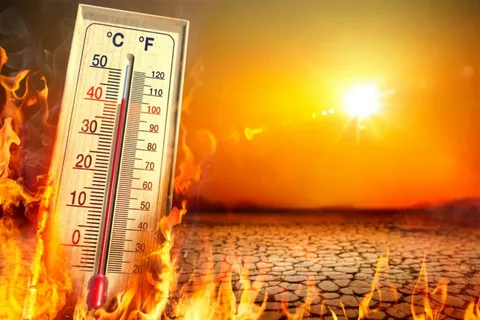In the world of custom apparel and merchandise, heat transfers are a popular choice for their versatility, quality, and the vibrant results they can produce. Whether you’re looking to create custom t-shirts for a corporate event, personalized gifts, or branded merchandise for your business, understanding the artwork requirements for heat transfers is crucial to ensuring a successful outcome. In this post, we’ll delve into the key considerations and best practices for preparing your artwork for custom heat transfers.
Understanding the Basics
Heat transfers involve transferring a design onto a substrate (usually fabric) using heat and pressure. The quality of the final product heavily depends on the artwork provided. As such, there are specific requirements that your artwork should meet to ensure the best possible results.
Resolution Matters
One of the most critical factors in preparing your artwork is the resolution. For heat transfersheat transfers, a high-resolution image of at least 300 DPI (dots per inch) is recommended. This ensures that your design will be sharp and clear when printed, especially for designs with intricate details or small text. Lower resolution images may result in blurry or pixelated prints, which can significantly impact the overall quality of the finished product.
Vector vs. Raster
Artwork for heat transfers can generally be divided into two categories: vector and raster. Vector images are made up of paths, which allows them to be scaled without losing quality. This makes them ideal for logos and text-based designs. Raster images, on the other hand, are composed of pixels and are better suited for photographs and complex images. However, they must be of high resolution to avoid quality loss when scaling. For heat transfers, vector artwork is often preferred for its scalability and crispness.
Color Considerations
Color accuracy is another vital aspect of preparing artwork for heat transfers. It’s important to work within the CMYK color space, as this is what most printers use. Be aware that colors might appear differently on screen compared to the final printed product due to differences in monitor settings and printing processes. Providing a color proof or Pantone (PMS) colors can help ensure color accuracy.
Design Complexity and Size
The complexity of your design and its size on the final product also play a role in the artwork requirements. Simple designs with fewer colors may be easier and more cost-effective to produce, especially for large runs. The size of the design should be considered in relation to the garment or item it will be applied to, keeping in mind that larger designs may require more time and precision in the heat transfer process.
Preparing Files
Finally, ensuring your files are properly prepared and formatted is essential. This includes using the correct file format (AI, EPS, PDF, or high-quality PNG for raster images), outlining or flattening your fonts, and providing a mockup of the design on the intended garment or item. Clear communication with your printer about these requirements can help avoid delays and ensure your vision is accurately brought to life.
Customize with Confidence
Meeting the artwork requirements for custom heat transfers is key to achieving high-quality, professional-looking custom apparel and merchandise. By focusing on resolution, working with the appropriate artwork type, considering color accuracy, and properly preparing your files, you can navigate these requirements with confidence. Remember, a little extra effort in the preparation phase can make a significant difference in the outcome of your heat transfer projects.

